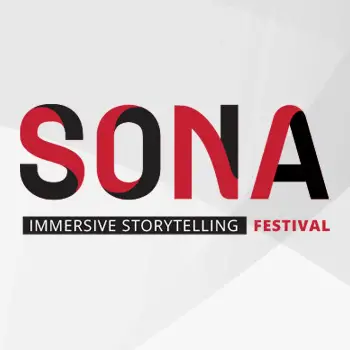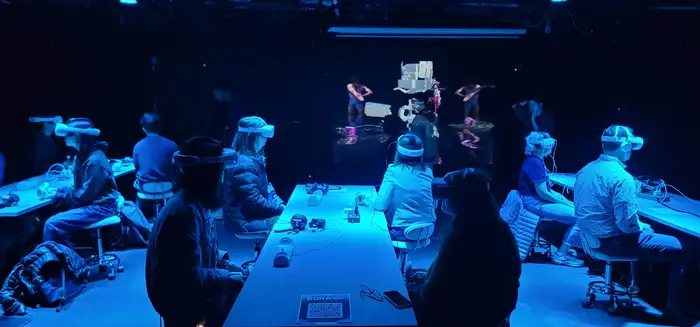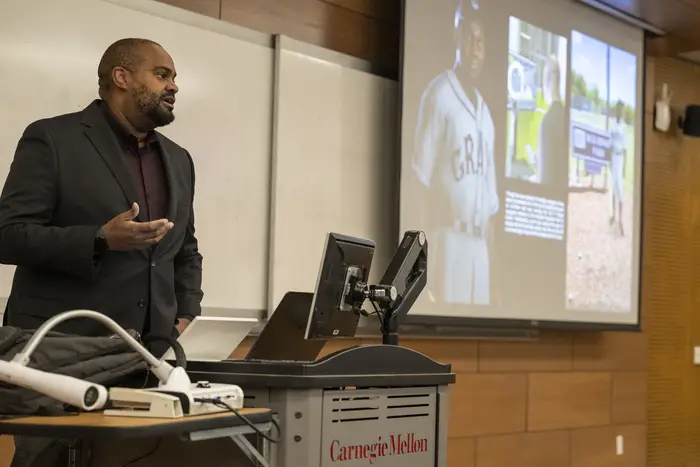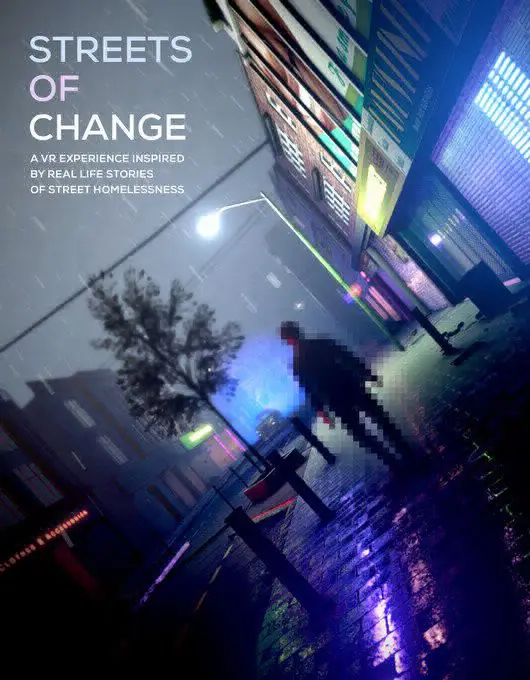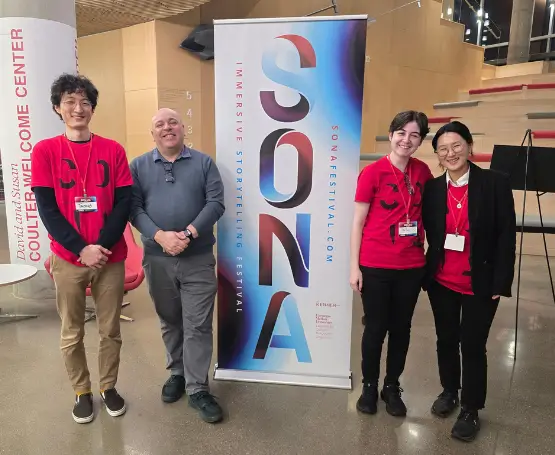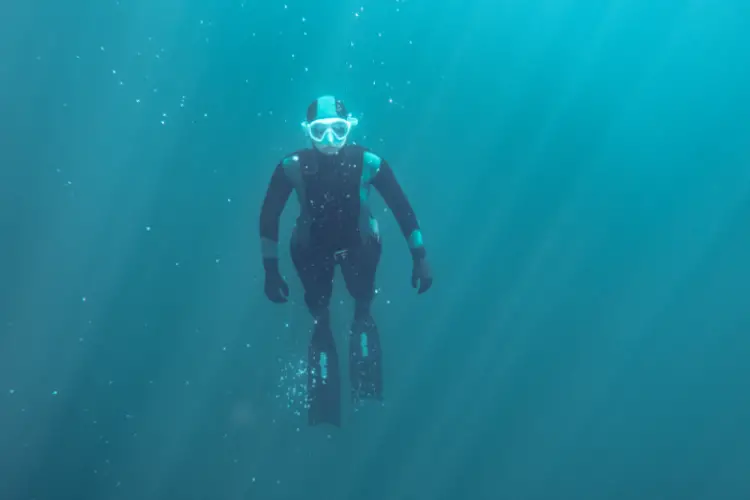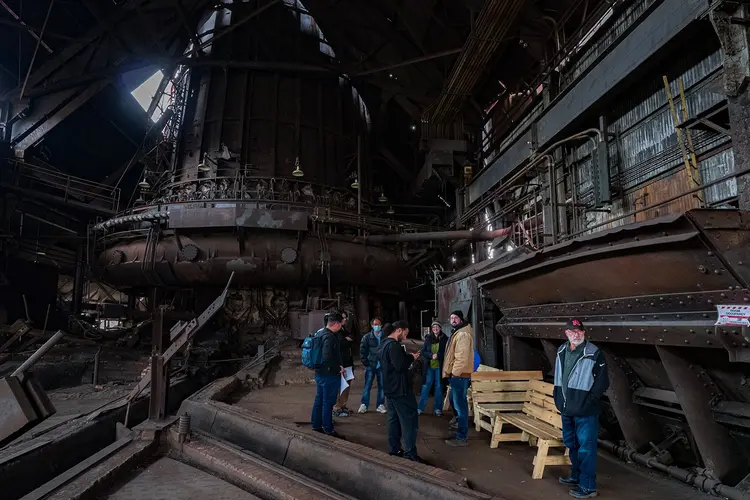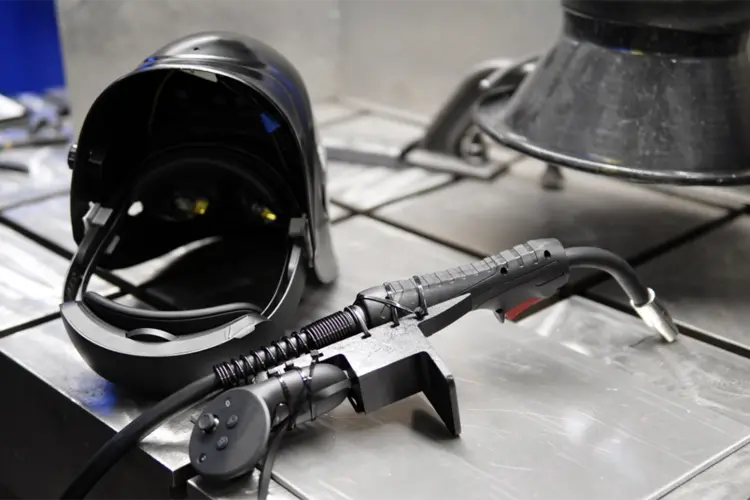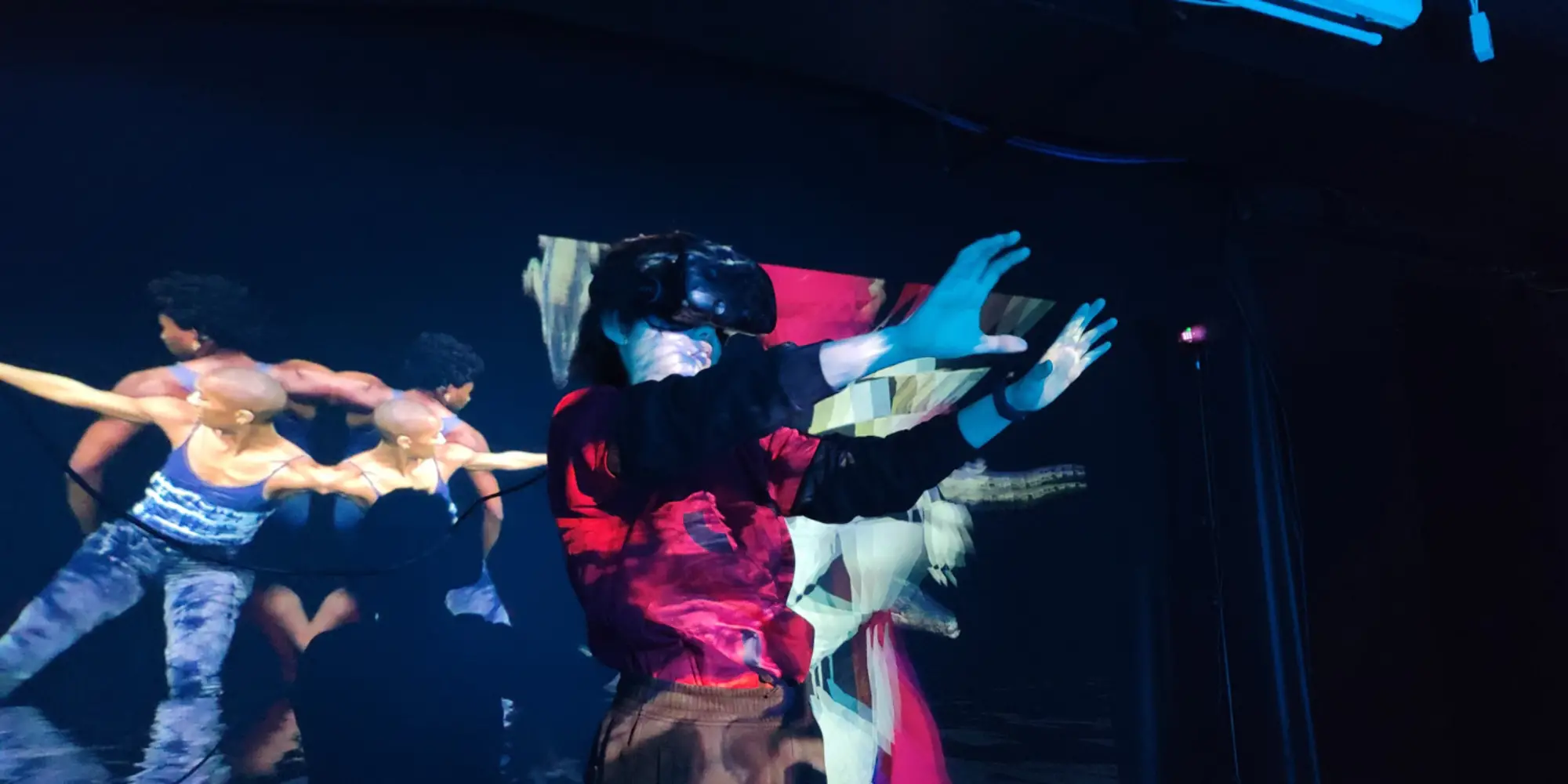
Step Into the Story: CMU Hosts Inaugural Immersive Storytelling Festival
Media Inquiries
Step into a world where stories unfold beyond the page and screen — where walking through a narrative and hearing its heartbeat becomes part of the tale.
That’s the spirit behind SONA Immersive Storytelling Festival(opens in new window), a new initiative launched by Carnegie Mellon University’s Department of Languages, Cultures & Applied Linguistics(opens in new window) (LCAL) and The Kenner Room(opens in new window).
Over three dynamic days, the festival brought together 18 filmmakers, artists and digital media creators to explore the evolving landscape of interactive and virtual storytelling. While its inaugural event has concluded, SONA continues as an active platform — a growing space where the art of storytelling is being redefined and reimagined.
Reframing the Narrative
Held across CMU’s Pittsburgh campus, SONA introduced over 230 participants to a spectrum of immersive works by creators from the United States and Europe — from augmented reality (AR) archives to cinematic virtual reality (VR) documentaries. The aim: to explore how interactive technologies can push the boundaries of narrative.
“Our goal is to create a space where innovative narratives and global perspectives come together,” said Stephan Caspar(opens in new window), director and founder of SONA. “This festival expands how we engage with stories and whose stories get told.”
While many attendees were familiar with VR through gaming, SONA spotlighted a broader vision. Here, immersive media became a tool for empathy, expression and impact.
“There are creators using this medium in deeply thoughtful ways to explore pressing issues and expand our understanding of the world,” explained Caspar. “It’s important to champion this work and create more opportunities for people to experience it firsthand.”
Stories That Stir and Challenge
Keynote speaker Derek Ham(opens in new window), director of CMU’s Entertainment Technology Center, encouraged attendees to reflect on the emotional intelligence embedded in immersive media.
“What does it mean to see, think and feel the world? These are the same questions we’re asking with the onset of AI,” he said. “When we talk about empathy in VR, we’re talking about connection with emotion. Teaching students and each other to have a persona — to slow down and stoke that human-to-human connection — allows us to be better programmers, better storytellers, better academics, better people.”
For students, SONA offered a lens into storytelling as a catalyst for social understanding.
“My academic background is in policy, so I like seeing how technologies can spur political change,” said Sofia Akhmanaeva, a master’s student in the Heinz College of Information Systems and Public Policy(opens in new window). “It’s exciting to see how artistic tools can also be functional — even political.”
Highlighted Works
SONA featured a curated lineup of 22 projects from 55 international submissions, each offering a distinct way to connect audience and narrative. Two standout pieces came from UK-based creative team Judi Alston and Andy Campbell, who showcased the transformative power of immersive storytelling in addressing social and environmental issues.
"Streets of Change” places viewers in the shoes of a rough sleeper, using hyperrealism and spoken word to challenge stereotypes and humanize the experience of homelessness. “The Abandoned Library” imagines a climate-ravaged future in Northern England, where books and digital memory fuse into the landscape — merging loss, resilience and technological decay.
“XR (extended reality) is ripe for telling stories that shift perception,” Alston said. “It lets us engage emotionally with issues that demand our attention.”
The duo praised SONA’s commitment to immersive media as a distinct and evolving genre.
“This work isn’t just film or games — it’s something else entirely, and it needs a dedicated space like this,” Campbell said.
“We’ve been so warmly welcomed,” Alston added. “It’s rare to find a festival this well-curated and creator-focused. We’re already thinking about next year.”
Building a Hub for Immersive Storytelling
The name SONA comes from the word persona, emphasizing how immersive technologies place the individual at the heart of a narrative. The festival is rooted in the work of The Kenner Room, a creative hub for immersive arts and cultures within LCAL, made possible through the generous support of Patti Askwith-Kenner. Over the past six years, The Kenner Room has fostered courses and a minor in immersive technologies in arts and culture(opens in new window), growing into a dynamic space for storytelling and interdisciplinary exploration.
That vision has been amplified by the Immersive Cultural Innovation Fund(opens in new window), established with support from Henry Ha (Tepper 2006), which empowers faculty and graduate students to develop innovative courses and projects exploring the future of narrative through VR, AR and mixed-reality installations. These efforts — together with support from university partners across campus — laid the foundation for SONA and signal a long-term investment in the art and impact of immersive storytelling.
"This work is at the heart of what we do in LCAL — connecting culture, language and technology in ways that challenge, inspire and expand the way we communicate," said Anne Lambright(opens in new window), LCAL department head. "SONA reflects our commitment to supporting innovative forms of expression and giving the CMU community the tools to shape the future of storytelling."
“There are very few opportunities to see this kind of work outside of major industry-controlled platforms,” Caspar noted. “SONA creates a space where independent creators can share projects that might otherwise go unseen.”
From spotlighting emerging talent to sparking collaborations, this year’s festival offered a powerful glimpse into what’s possible when the humanities and technology converge.
Looking ahead, organizers hope to make SONA an annual event and establish CMU — and Pittsburgh — as a destination for immersive media innovation.
“Stories shape how we see the world,” Caspar said. “By immersing ourselves in them — literally — we open doors to deeper understanding, connection and creativity.”
Honoring Visionary Voices
To recognize outstanding contributions, SONA introduced a suite of awards to spotlight innovation, impact and imagination:
- Audience Choice Award — Joel Benjamin, "Max Q"
- Social Impact Award — Judi Alston & Andy Campbell, "Streets of Change" and "The Abandoned Library"
- Emerging Creator Award — Amber Marie Johnson, "Crafting the Unreal"
- Unbound Award — Eva Davidova, "Garden for Drowning Descendent"
SONA received support from the Center for the Arts in Society; the Entertainment Technology Center; The Frank-Ratchye STUDIO for Creative Inquiry; The Humanities Center; the Integrative Design, Arts and Technology (IDeATe) program; The Simon Initiative; and the Sustainability Initiative at CMU.
